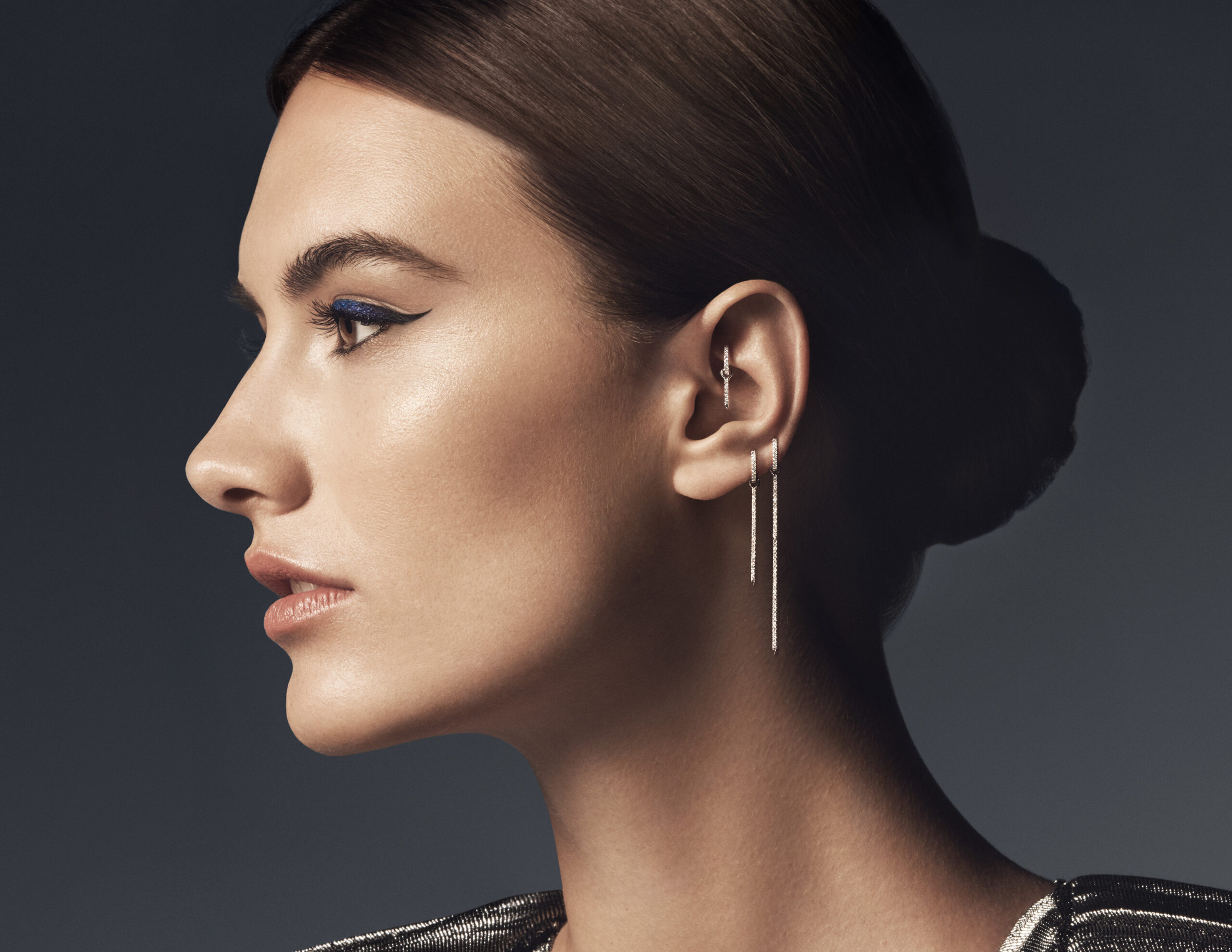A young woman from the 1920s who defied conventions by adorning herself in garments that resembled the graceful flutter of a bird’s wings came to be known as a “flapper” in the vernacular of the time. This audacious trendsetter, who was admired by both fans and critics alike, revolutionized the fashion world. The term “flapper” encapsulated an entire generation of young women who challenged societal norms with their distinctive attire and spirited demeanour. These spirited individuals possessed an insatiable appetite for life and a zest for embracing newfound freedoms. They danced joyfully and revealed the exhilarating era’s pulse. The style of flapper clothing encompasses different styles that all feature distinctive decorative features and forms. These dresses were a huge hit, especially amongst actresses and other prominent personalities. They played a pivotal role in the emancipation of women. Flapper dresses came in various designs, showcasing the unique flair of the era. From straight and sleek shapes to loose and fringed dresses, these dresses captured a lot of the spirit of the time. Their short hemlines defied traditional modesty standards and they challenged social expectations. Are you hunting for gatsby dress? Go to the earlier described website.
Flapper attire is characterized by its elaborate decoration. These dresses often featured beaded embellishments, intricate embroidery, and sequins. This gave them a glamorous, luxurious look. These elements were intricately designed, and often displayed geometric patterns or intricate motifs. They added a touch elegance to overall design. Fabrics were also carefully selected for flapper gowns to add to the aesthetics. Silk, chiffon and velvet, which draped gracefully over the body of their wearer, were preferred. These flowing materials contributed to the ethereal air of carefreeness that flapper dresses exuded. In the 1920s, a time known for social change and a shift in attitudes towards women, flapper dresses became very popular. Celebrities and actresses of the 1920s embraced this style, which fueled its popularity. The flapper became a symbol for liberation and empowerment of women.
The unconventional style of the flapper dress challenged traditional notions about femininity and advocated for women’s freedom to express themselves. Women liberated themselves from the constraints and restrictions of the past by ditching the restrictive corsets in favor of looser silhouettes. Additionally, flapper fashion reflected the shift in social values. The women of the 1920s no longer wanted to be confined to domestic life; they wanted more opportunities, independence and equality. The flapper dresses with their bold design reflected women’s aspirations. They became a visual symbol of the changing time. Flapper clothing encompassed many styles, each with their own distinctive forms and decorative elements. With its rebellious style and endorsement from influential figures, the flapper dress played an important role in advancing women’s emancipation. These dresses symbolized the changing values in the 1920s, as they challenged social norms.




